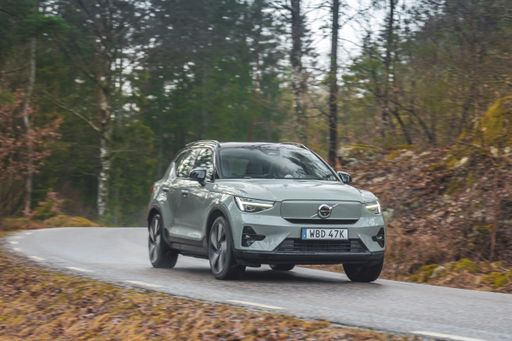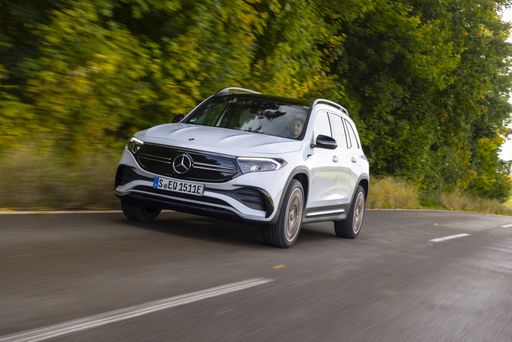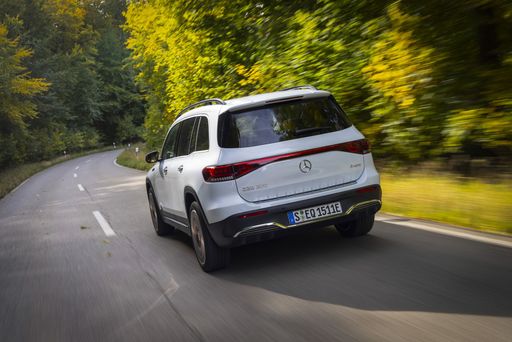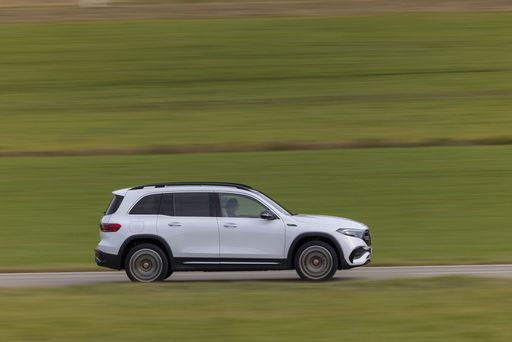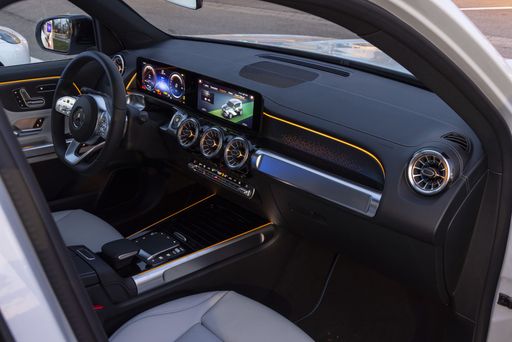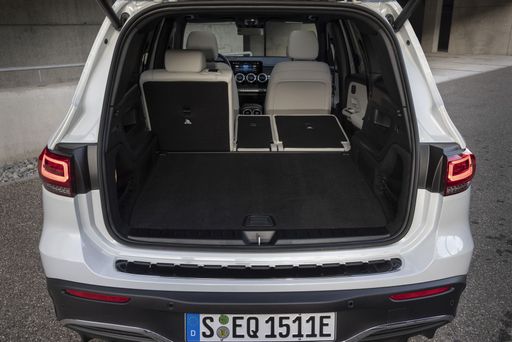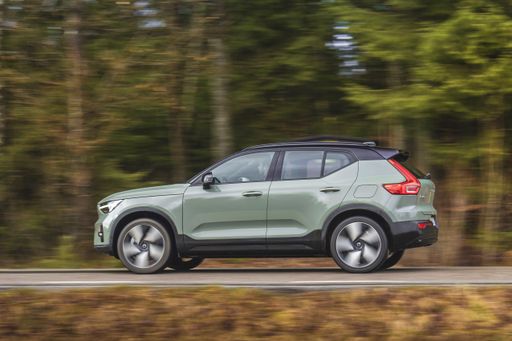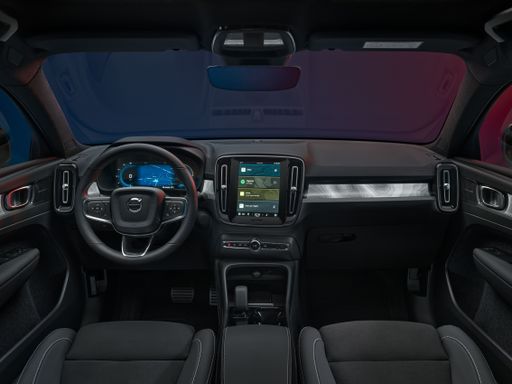Electric SUVs Clash: Mercedes EQB vs Volvo EX40
The electric vehicle market continues to expand rapidly, with premium options like the Mercedes EQB and the Volvo EX40 leading the charge in the compact SUV segment. Both models promise impressive capabilities, innovative technology, and a blend of luxury and practicality. But which one suits your needs better? Let’s explore how these two formidable contenders stack up against each other.

